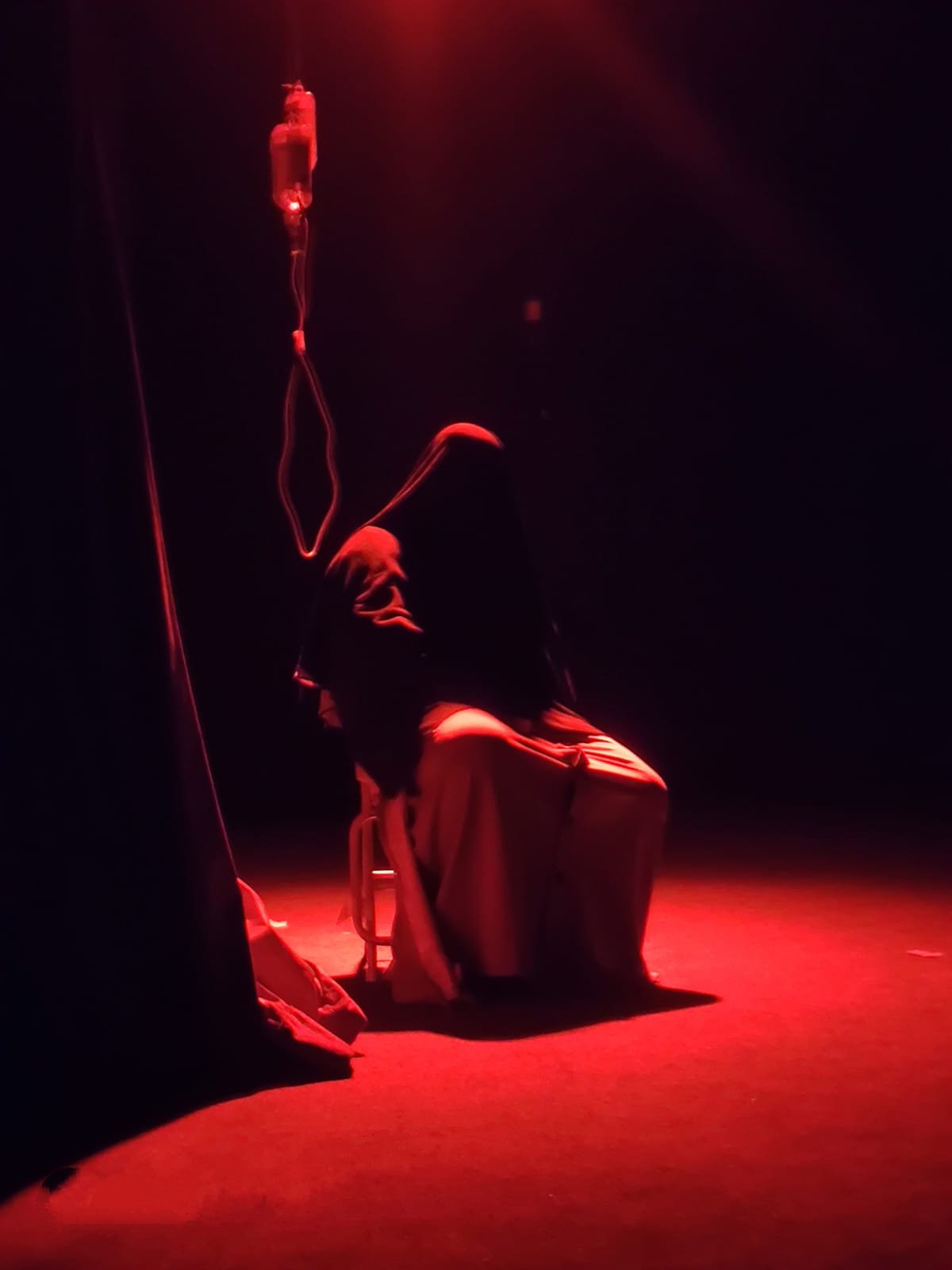Photology And its representaions In business potter krosten morjin
Keywords:
Keywords: photology - representations - ceramicsAbstract
Summary
The Current research deals With the topic of imagery and its representaions in the works of potter Christine Morgan and the insights achieved from the recipients perception of contemporary ceramic works. Man lives in the space of photology through scientific material development, which changed the concept of ordinary visual vision,so the a new, unprecedented look, The concept of photology has become an important part in contemporary society, and fine art has become a requirement for its existence and is achieved through that space to include all arts.lt was necessary to activate photology as one of the elements that have become major in the contemporary world to monitor ceramic products in the field of ceramics and the artistic methods and trends that were influenced by them and were considered a reference that was reflected in its systems and implications behind the apparent forms in accordance with the justifications of photology and its representations. And the possibilities available to create ceramic forms that can be circulated beyond their spatial and temporal boundaries in order to identify the differences between them. The research contained four chapters, the first chapter of which was concerned with the methodological framework that presents the research problem, which is defined by the following question: What is photology and its representations? Has photology constituted a fundamental issue in ceramics? The first chapter also addressed the importance of research and the need for it, while the study aimed to: identify photology and its representations. In the works of potter Christine Morgan. The limits of the research were limited to studying the photology and its representations of contemporary ceramics limited to the period (2021-2015), and then identifying and defining the most important terms included in the research As for the second chapter, it contained three sections. The first section dealt with (the concept of photology - roots and foundations) and the second section (the cognitive dimension in contemporary plastic arts). The third section dealt with (representations of photology in contemporary ceramics) leading to the previous study, and then the theoretical framework resulted in A set of indicators that the researcher adopted as a standard and basis in the process of describing and analyzing the selected sample models. The third chapter was devoted to the research procedures, including the research community, which included (50) potter’s works. Your research sample was represented by (5) ceramic works. These models were selected intentionally, and the researcher adopted the descriptive (analytical) approach in analyzing the sample. As for the fourth chapter, it included the results, the most important of which are : 1- All samples of the sample showed an active presence of post-modern imagery and ceramic styles (consumer culture), across multiple (formal and technical) levels. In light of the results and their discussion, conclusions were drawn, the most important of which are 1- The photological effectiveness of the ceramic composition is achieved according to an associative mechanism that necessarily requires understanding the visual text and explaining the pattern of aesthetic response to the photology and its representations. The research ends by presenting recommendations and proposals related to the subject of the study, and finally the current study is concluded with sources, appendices, and a summary of the research in English.
Keywords: photology - representations - ceramics




